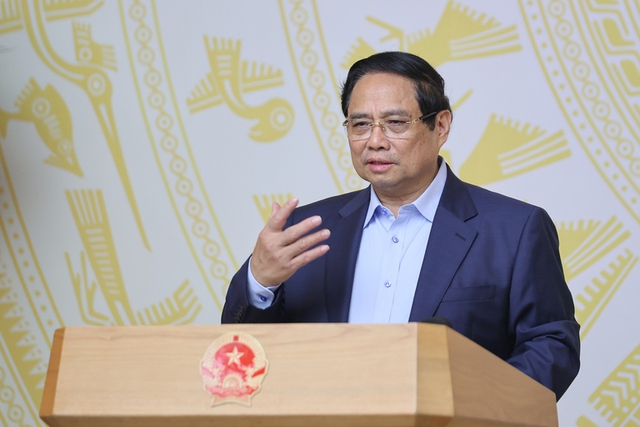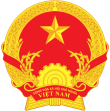Viet Nam aims to test essential semiconductor chips by 2027
VGP - Prime Minister Pham Minh Chinh called for urgent and concerted efforts to independently design, manufacture, and test several essential semiconductor chips by no later than 2027.

Prime Minister Pham Minh Chinh sets a target for the semiconductor sector to be capable of independently designing, manufacturing and testing key semiconductor chips by no later than 2027.
Pham made the call while presiding over the second meeting of the National Steering Committee on Semiconductor Industry Development in Ha Noi on August 4.
Emphasizing the critical role of the Fourth Industrial Revolution, particularly in fields like semiconductors, artificial intelligence (AI), cloud computing, and the Internet of Things (IoT), Pham underscored that these technologies will shape the future of nations, including Viet Nam.
The country has introduced several key policies to foster semiconductor development, such as the Politburo's Resolution 57 on science, technology, innovation, and digital transformation, along with the Semiconductor Industry Development Strategy to 2030, with a vision towards 2050, and the Human Resources Development Program for the Semiconductor Industry.
While acknowledging some initial achievements, the Prime Minister pointed out that overall progress remains limited, with many challenges ahead. He stressed the need for Viet Nam to bolster its economic resilience, deepen international integration, and improve living standards by enhancing labor productivity and leveraging all available resources, particularly human capital.
Highlighting that Viet Nam's success in AI will be heavily dependent on the growth of its semiconductor industry, Pham urged stakeholders to thoroughly assess both accomplishments and shortcomings, and to devise effective solutions to critical issues. These include workforce development, infrastructure upgrades, investment promotion, and building a robust semiconductor ecosystem.
The Prime Minister also called for stronger collaboration models between government, academia, and industry, to accelerate Viet Nam's progress and enhance its global competitiveness in semiconductors. He emphasized the need for proposals that ensure leadership and coordination across the entire value chain—from design and manufacturing to assembly, packaging, and integration into global supply chains.
Stressing the importance of identifying bottlenecks, assigning clear responsibilities, and setting specific tasks and timelines, Pham described semiconductor development as a strategic, long-term priority that demands "high determination, great effort, decisive action, and clear accountability."
He urged ministries, localities, businesses, experts, and scientists to join hands and transform Viet Nam into a significant player in the global semiconductor arena.
Intial outcomes
Under the Viet Nam’s Semiconductor Industry Development Strategy and Human Resources Development Programme through 2030, with a vision to 205, Viet Nam aims to become a key link in the global semiconductor value chain by 2045, with a highly skilled workforce of engineers and experts meeting industry standards in both quality and quantity. By 2030, the country plans to master core technologies in packaging and testing, while training 50,000 engineers to serve all stages of the semiconductor value chain.
Ten months after the strategy's launch, ministries and localities have proactively developed legal frameworks, policies, and action plans while fostering an ecosystem that supports the achievement of Phase 1 targets.
In human resource development, nine out of 34 assigned tasks have been completed, while 25 are underway. Many of these tasks follow an annual schedule and are not yet due for completion.
Infrastructure efforts focus on expanding Vietnamese-owned chip manufacturing facilities and establishing international-standard cleanroom laboratories in major urban centers.
Viet Nam has attracted 170 FDI projects in the semiconductor and high-tech sectors, with total registered capital of nearly US$11.6 billion.
Around 50 foreign corporations, along with more than 10 Vietnamese enterprises, are currently involved in chip design activities.
Viet Nam has been chosen as one of 10 countries to collaborate with the Global Semiconductor Alliance in hosting the world’s largest series of semiconductor events./.

